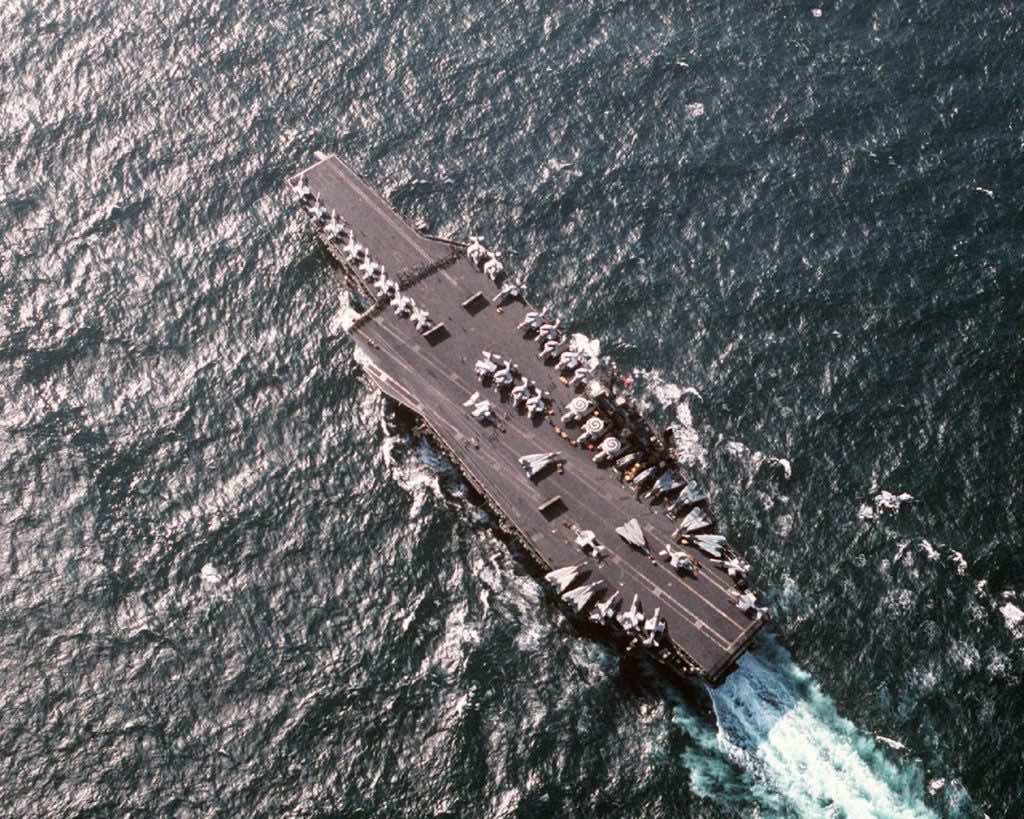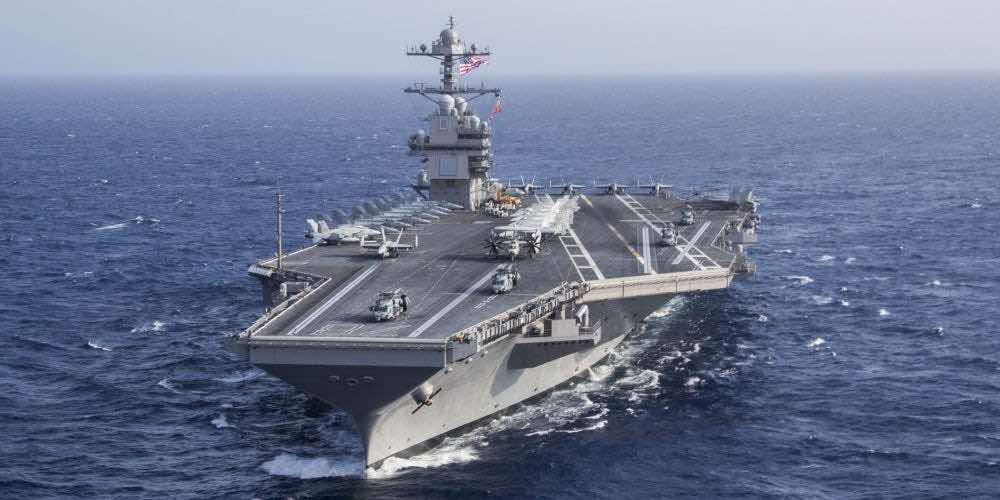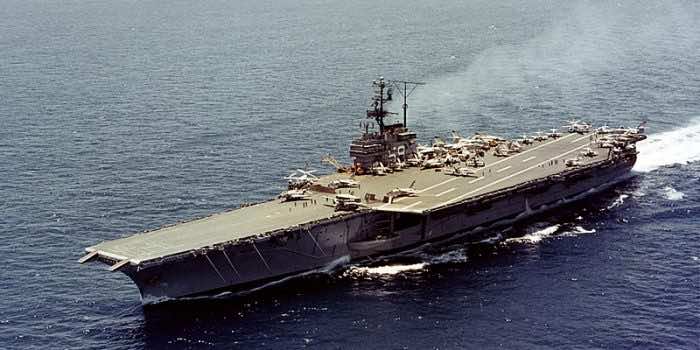It’s no secret that the U.S has the largest military budget in the world by a huge margin. The country is not only focusing on its defense capabilities through land and air, but it is actively working on its navy as well. This gives it a chance to make its defense system more holistic and provides an increase in safer spaces for the citizens.
However, not all advancements made, and milestones achieved end up being successful. There are loads of chances of malfunction or failures when it comes to these innovative weapons or structures. Similarly, the new carrier of the navy turned out to be a failure that caused more problems than it solved.

Earlier, when the first Ford was developed for the Navy, it had a myriad of complex technological stuff that just made the structure more complicated than it had to be, and even after four years, there were recurrent problems with it. The Chief of Naval Operations Adm. Mike Gilday stated that the addition of the new 23 features in Ford was a mistake that should never be done again.
The USS Ford was the first of its kind in 40 years and the technicians added too many complex updated features in it to make it smart. Instead of offering more functionalities like expected, this caused more issues and they w=could not be handled multiple times. The new features included a new search radar, electromagnetically powered aircraft catapults to replace traditionally steam-powered catapults, a new aircraft recovery system, and 11 electromagnetically powered elevators.

When counted, the overall expenditure spent on the repairs and issues associated with the system was around 2.8 2.8 billion dollars. This means that the overall cost of the ship is 13 billion dollars without including the cost of planes on it. The main issues were associated with the electromagnetic aircraft launch system (EMALS) and the advanced weapon elevators (AWEs).
However, now the USS Gerald R. Ford is set for its operation in 2022 which was supposed to happen in 2018. It will first be tested extensively and excessively on land in Florida before being deployed.


